$50 Off Initial Service
It looks like the birds got evicted from their home!
Technician Peter Jones ran across this peculiar situation at a client’s home and upon opening the bird house, came across this little guy.
After doing some research, we discovered that this was a Green Orchid Bee. These bees are actually solitary insects and do not form larger colonies. According to the University of Florida, the bee will nest in above ground cavities (such as this birdhouse) and use plant resin (or in this case the glue holding the birdhouse together) to create individual cells!
Don’t worry, we left the little guy alone…
Another China Virus.....
Well it’s not a virus, but you’ll get the point! If you are a Florida resident, then you have most likely heard of the decline of our citrus industry, due to the antagonistic “greening” disease. With our roots in the citrus industry, we take this disease personal and want to educate our platform about this ailment and the pest that spreads it.
Although we have all heard that term, not many of us know what greening actually is; and without pulling up an extensive case study done by a university, it is difficult to find a simple explanation for the root cause (no pun intended). Since not many have the time to sit down and read a 15 page study, we wanted to provide a VERY simplified set of facts that Florida residents should know about the disease that is affecting the industry that their state is known for.
-'Greening' is the common term for ‘Citrus Huanglongbing’, or ‘HLB’ for short, an infection that affects citrus trees such as oranges and lemons. It can even affect some ornamental plants such as boxwood and orange jasmine.
-HLB was once thought to be a virus, however it is actually a bacterial disease caused by the bacterium: Candidatus Liberibacter asiaticus.
-This bacterium can not spread from tree to tree by itself, it requires a vector (an agent/organism that transmits a pathogen from one location to another).
-The vector for HLB in Florida is the ‘Asian Citrus Psyllid’, originating in China. The insect acquires the virus from an infected plant and transmits it to others. Thank you China.
-This pest has piercing/sucking mouthparts which allows it to pick up and spread the bacterium from plant to plant.
-This bacterium can reside in a tree for months or even years before visible signs begin to occur.
-The bacterium that causes citrus greening affects the roots and phloem of the citrus tree. The phloem is responsible for transporting essential sugars and minerals, which if damaged leads to a decline in tree health.
-Although continual research is being done and developments have been made, there is still no known cure for greening. Once infected, tree health will begin to decline until the point of death.
-The disease can not be spread by a seed, it only can only spread by the vector (Asian Citrus Psyllid) or by grafting (removing part of one plant and inserting it into another).
-If an infected tree is found in a grove, then it should be removed to avoid the spread of the disease. Proper nutrition may extend the life of the tree, however it will ultimately decline.
Although this infection may seem grim, there is plenty of light at the end of the tunnel! A quick google search will lead you to new developments being made in how to adapt and overcome this disease. The Asian Citrus Psyllid is just one example of how an insect can spread diseases to crops, yards, and even people. It is important to know just how much damage a pest can cause
!
We take our attack against your pests personal.
Huge thanks to Steve from WRPBiTV for doing this interview! Learn more about our team here at Clean Sweep Pest Management, and what separates us from our competition. Don't live with bugs, call Clean Sweep today!
• Port Saint Lucie, FL • Stuart, FL • Palm City, FL • Jensen Beach, FL • Port Salerno, FL
• Hobe Sound, FL • Sewall's Point, FL • Sailfish Point, FL • Jupiter Island, FL • Okeechobee, FL •

SERVING
HOURS
HOURS
CONTACT US

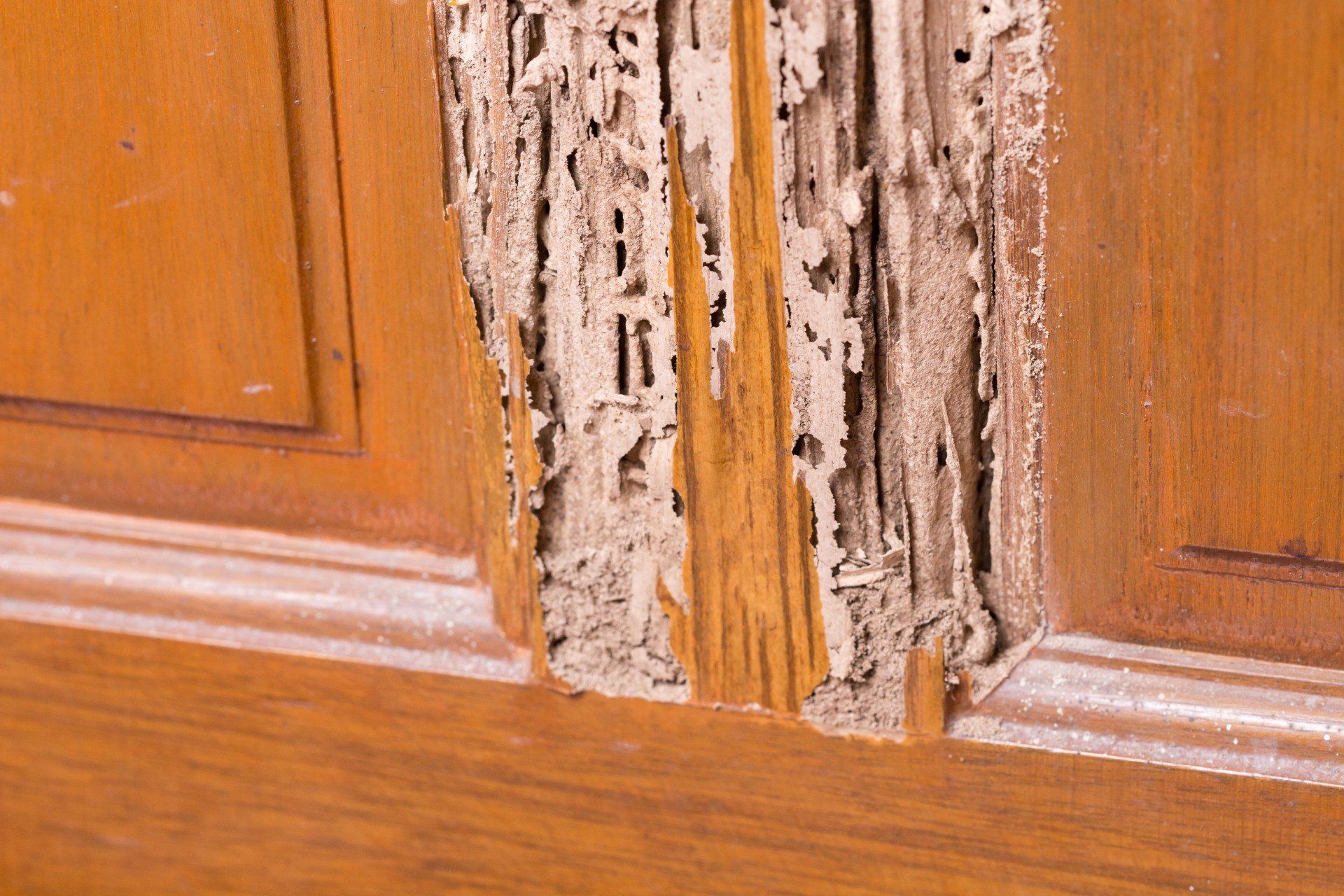
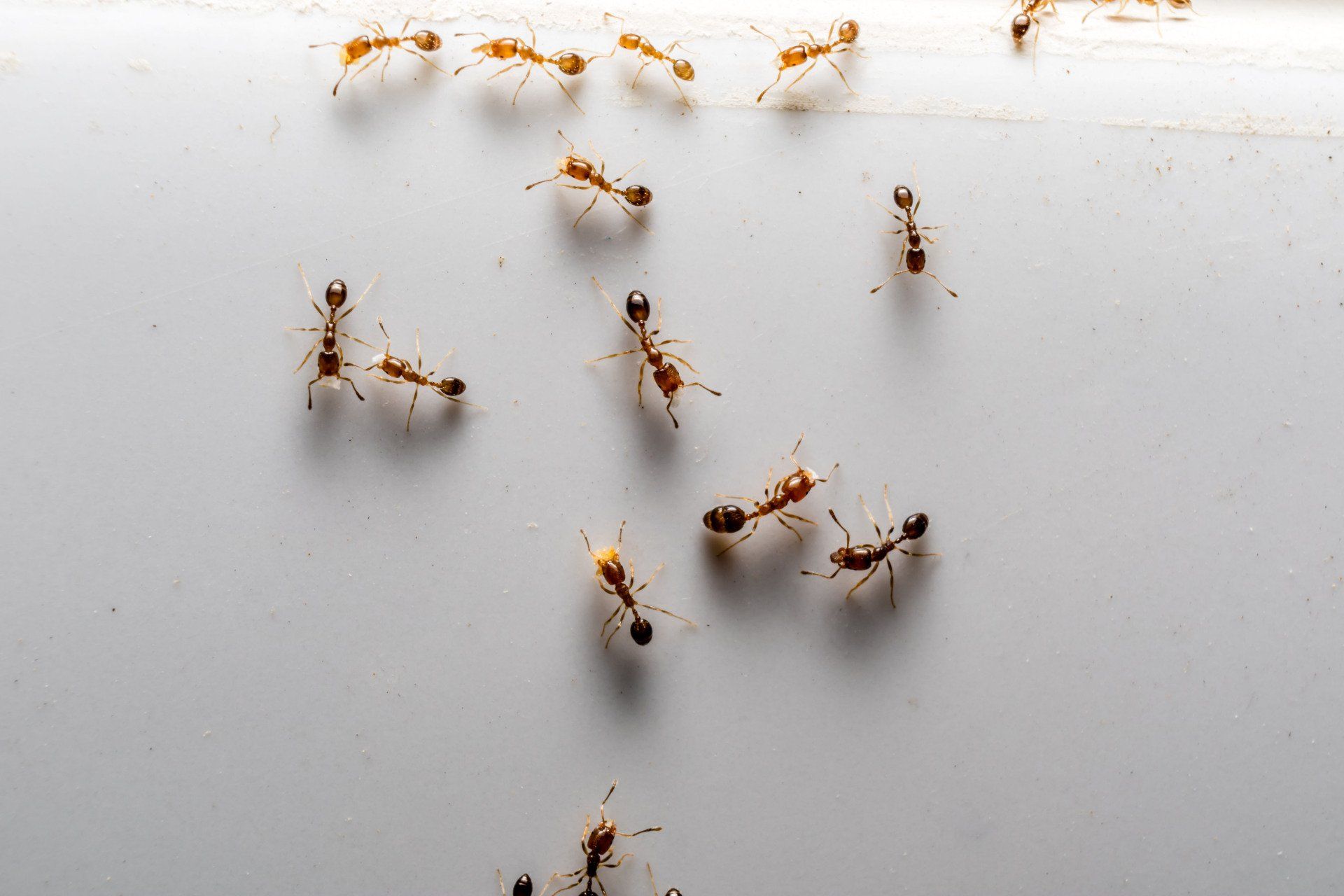


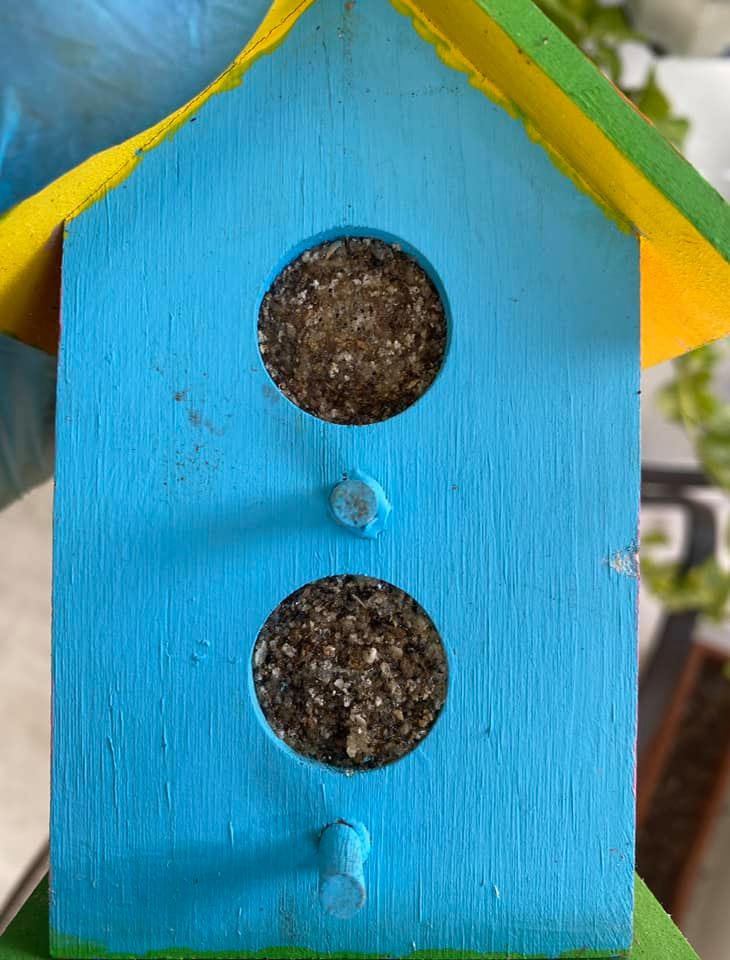
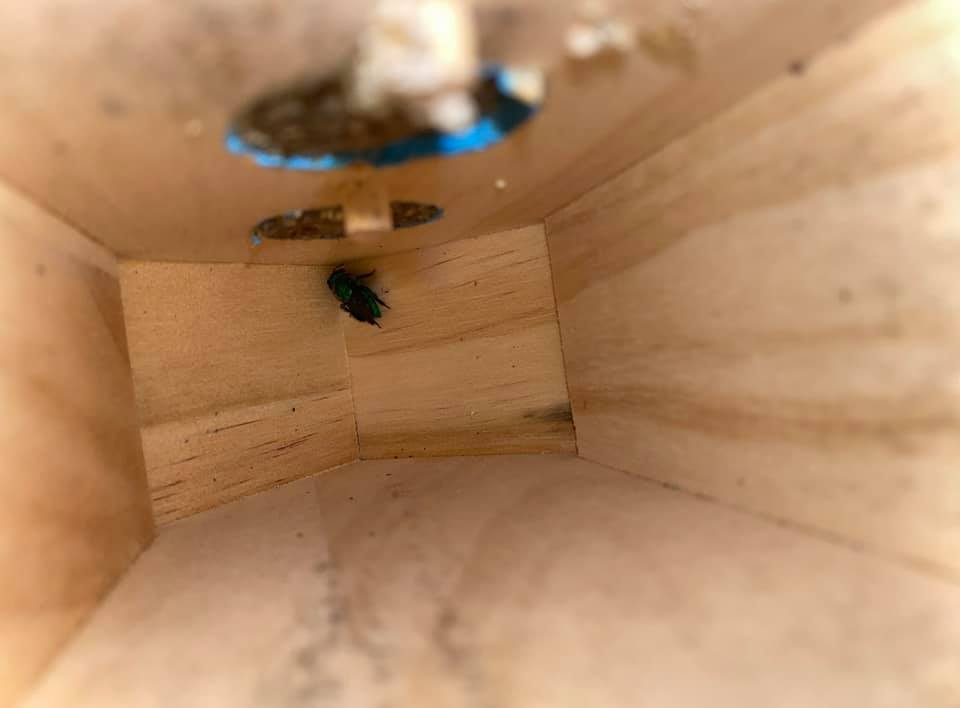
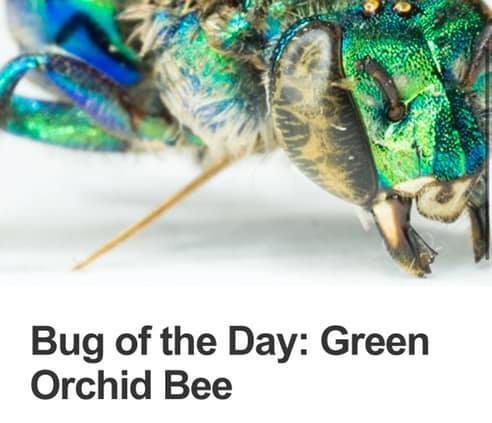
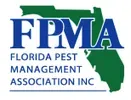







Share On: